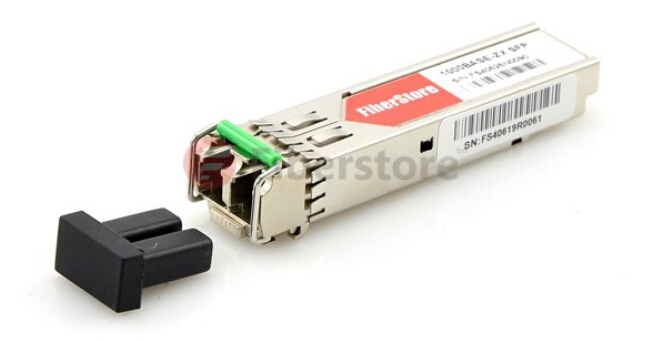Marketing
SFP modules: These Informations You Should Know
As the technology and market of optical transceivers continue to mature, SFP transceivers are now widely used in optical transmission solutions. These SFP modules are hot-swappable, which is highly helpful to designers in the Telecommunication industry. SFP transceiver is one of the most dependable device in optical transmission systems because the designs are based on a multi-source agreement (MSA) and are a pluggable form of SFF. Except these helpful information, here are some things you need to know about SFP transceiver modules.
The Applications of SFP Transceivers
SFP transceivers can support fiber networking standards such as Gigabit Ethernet, Fiber Channel and SONET. They also support a variety of other optical transmission systems as well. A compact and hot-swappable SFP transceiver can be used in all kinds of optical transmissions and telecommunications applications. These SFP Optics will connect a switch, router, or other network device. Most SFP transceivers can be found in popular networking systems such as Wide Area Networks (WANs), Metro Access Network, and Metro Core Network.
Types of SFP Transceivers
SFP transceivers are able to provide an excellent amount of variation to consumers. They have a various different transmitters and receivers types, allowing users to decide on the appropriate SFP transceiver for each link to offer the required optical reach over the available multi-mode fiber (MMF) or single-mode fiber (SMF).

The SFP module is usually offered in five different categories, including T, SX, LX, ZX, and DWDM. Take HP SFP module as example:
- for Copper Networks
JD089B and J8177C: operate on standard Category 5 unshielded twisted-pair copper cabling of link lengths up to 100 m - for multi-mode fiber
J4858C and JD118B: 850 nm, for a maximum of 550 m at 1.25 Gbit/s (gigabit Ethernet) - for single-mode fiber
J4859C: 1310 nm, for distances up to 10 km
JD061A and JD062A: 1310 nm, for distances up to 40 km
JD091A and J4860C: 1550 nm, for distances up to 80 km
Each one of these different kinds interface with copper cables and this permits the motherboard to communicate with the unshielded twisted pair (UTP). CWDM cables and single-mode bi-directional fiber optic cables will transmit data both upstream and downstream.
The Benefits of an SFP Transceiver
SFP transceivers are hot-swappable devices, that is to say that these SFP optics are compatible with many other devices including discrete components. They are also compatible to multiple setups across both fiber optic and copper channels. Whether you need both long or short distance communication, SFP transceivers can help.
Digital optical monitoring (DOM) is based upon the new and modern optical transceiver design. Consumers have the ability to monitor real-time parameters of the SFP. Optical inputs and output power, laser bias, and supply voltage will allow designers to monitor real-time.
Do not forget that an SFP cage may be needed for proper operation of the device. Itís usually mounted to the PCB board and will accept the transceiver. It eliminates extra manufacturing steps and reduces costs. SFP transceivers also have a higher optical reliability and will permit higher soldering temperatures. SFP transceivers are recommended by fiber optic component providers to ensure proper data transmission.
Related Recommendation
Fiberstore, the leading manufacturer and supplier of compatible fiber optic transceiver modules, has achieved a breakthrough in HP compatible transceiver modules and successfully commercialized. Not only SFP SX, SFP LX but also 10G SR SFP, 10G LR SFP transceiver, CWDM SFP+ transceiver modules are available now.
Post je objavljen 02.07.2015. u 10:14 sati.